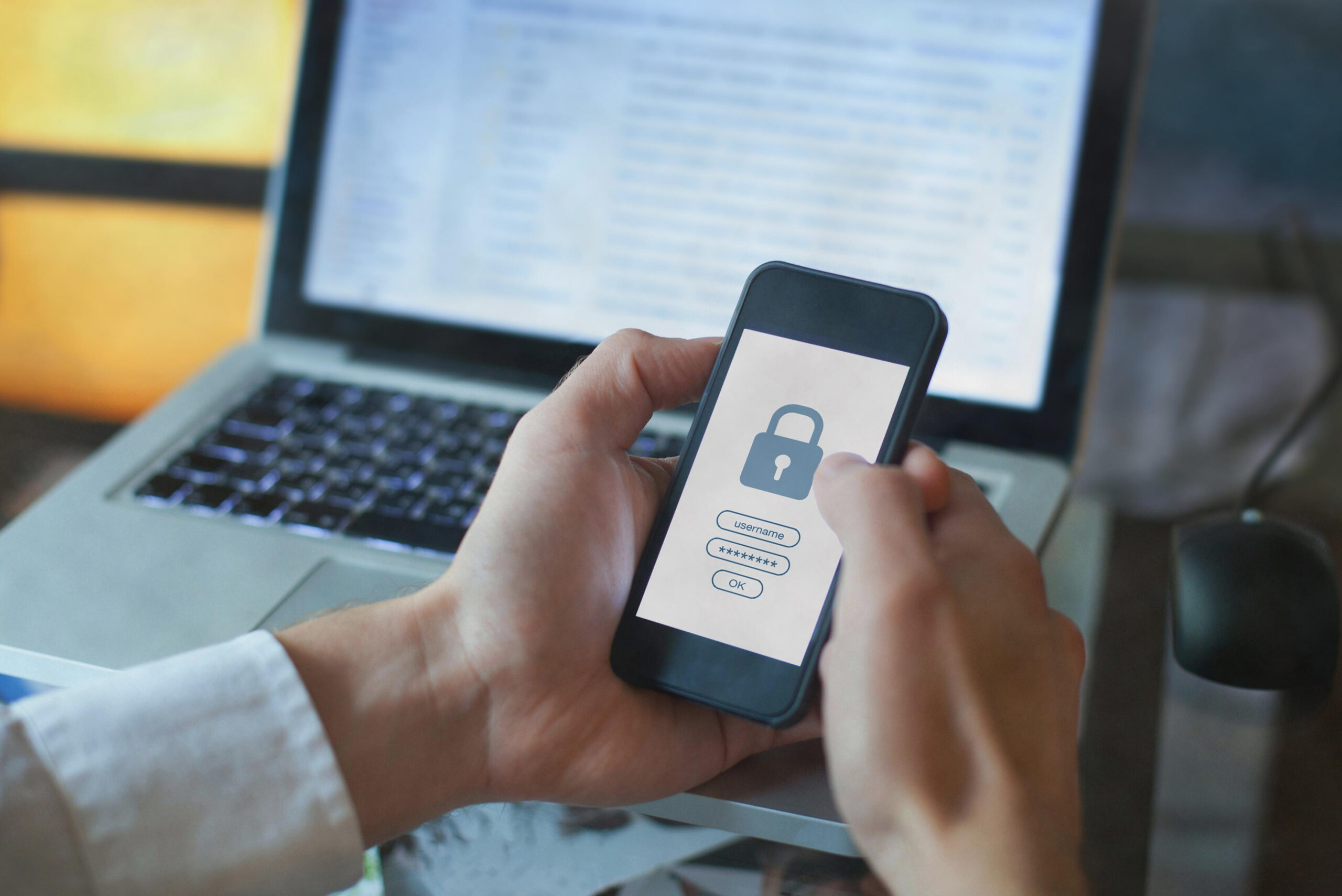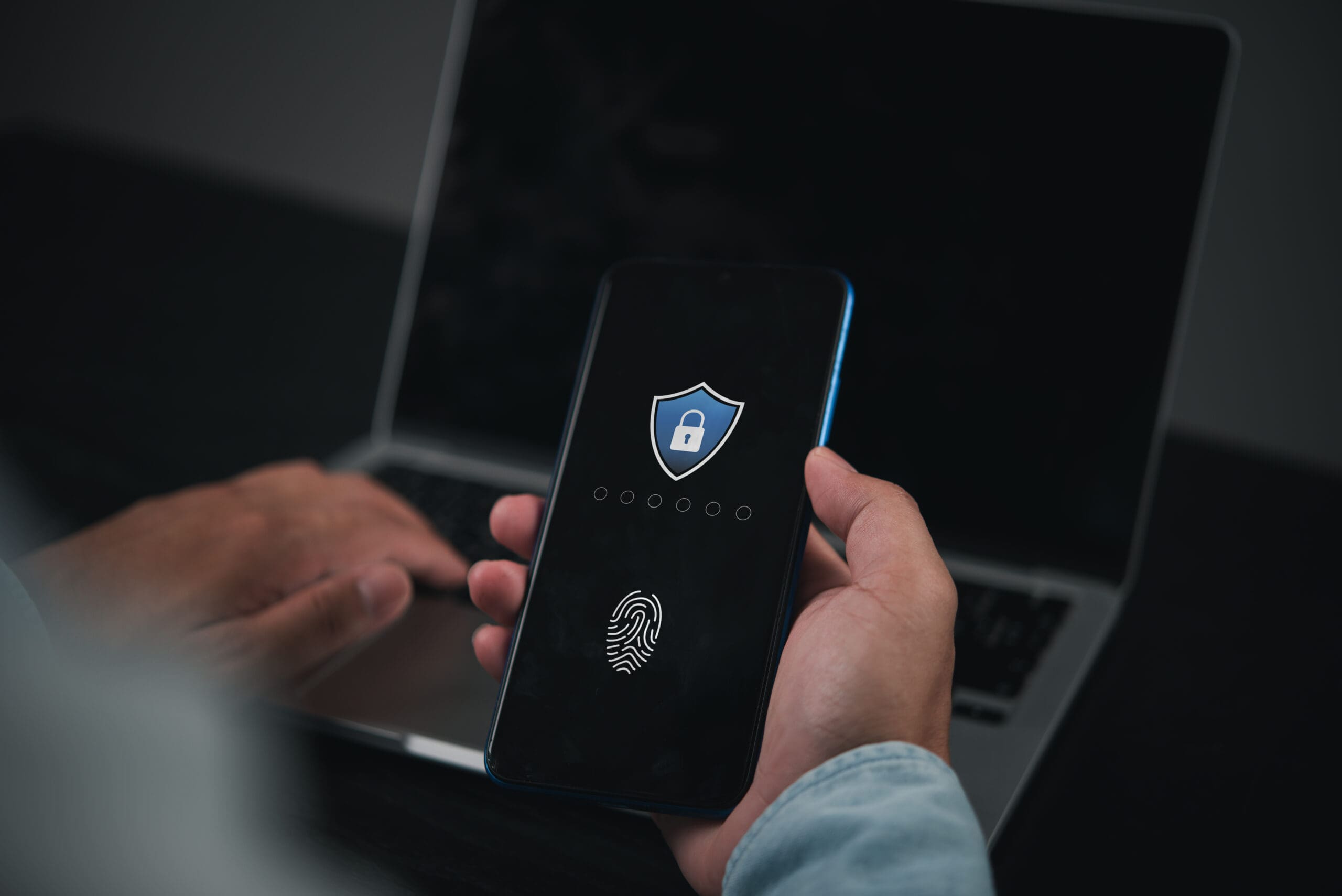By James Ballard
Date Published: April 21th, 2025
15 minutes

Introduction:
As remote work becomes the new normal, endpoint security takes center stage in safeguarding organizations from ever-evolving cyber threats. With employees accessing sensitive company resources from home offices and public networks, the attack surface has grown exponentially. Cybercriminals are exploiting vulnerabilities in personal devices, unprotected Wi-Fi networks, and cloud services, turning endpoints into prime targets for ransomware, phishing, and other malicious attacks. This comprehensive guide explores how to protect your distributed workforce and strengthen endpoint security while maintaining productivity and compliance in an increasingly remote work environment.

Understanding the Importance of Endpoint Security in a Remote Workforce
Traditional network perimeters no longer exist. Employees connect to corporate resources from various endpoints—ranging from laptops, tablets, and smartphones to Internet of Things (IoT) devices—each posing a potential security risk. Endpoint security is therefore critical in preventing data breaches, maintaining regulatory compliance, and preserving business continuity.
- Expanded Attack Surface: Remote work setups often rely on multiple cloud-based applications and home Wi-Fi connections, introducing new points of vulnerability.
- Mix of Personal and Corporate Devices: The rise of BYOD (Bring Your Own Device) complicates visibility and control over endpoints, increasing the likelihood of unauthorized access and malware infections.
Regulatory Compliance: Industries subject to regulations like HIPAA, PCI-DSS, GDPR, and CCPA must ensure endpoints adhere to strict security standards to avoid legal penalties and hefty fines.
Key Challenges to Endpoint Security
Lack of Centralized Control
With employees dispersed across various locations, IT teams often struggle to standardize security policies and software updates. Unpatched systems and legacy applications can quickly become gateways for hackers.
Phishing and Social Engineering
Remote employees are frequently targeted by phishing emails and social engineering attacks, designed to capture login credentials or deliver ransomware. The absence of in-office support can delay incident reporting and response times.
Shadow IT
Unauthorized software, cloud services, or file-sharing platforms that employees use to collaborate can circumvent official IT policies, further complicating endpoint security. Shadow IT not only introduces data governance concerns but also leaves endpoints exposed to cyber threats.
Best Practices for Strengthening Endpoint Security
Enforce Multi-Factor Authentication (MFA)
MFA is one of the most effective defenses against unauthorized access. By requiring multiple verification factors (like a token, fingerprint, or SMS code), MFA significantly reduces the risk of credential theft compromising endpoints.
Deploy Endpoint Detection and Response (EDR) Solutions
EDR tools provide real-time monitoring and behavioral analytics, helping IT teams identify potential threats, including malware, ransomware, and zero-day exploits. By proactively detecting anomalies, EDR can isolate compromised endpoints before damage is done.
Implement Strong BYOD Policies
If your organization allows BYOD, create clear security guidelines covering approved devices, encryption, patch management, and acceptable usage. Restrict administrative privileges, enforce mobile device management (MDM) solutions, and consider containerization for separating personal and corporate data.
Encrypt Data in Transit and at Rest
Encryption is paramount for endpoint security—especially for remote employees accessing critical business assets. Use VPNs (Virtual Private Networks) to safeguard data in transit over public or home networks, and ensure all endpoints utilize full-disk encryption to protect data at rest.
Segment Network Access
Adopting a Zero Trust model and network segmentation can contain potential breaches. Only grant employees the minimum access privileges necessary for their roles. Segregate sensitive systems and critical servers from less secure endpoints, minimizing the impact of a compromised device.
Maintain Regular Patching and Updates
All operating systems, software applications, and firmware should be updated regularly to mitigate known vulnerabilities. Automate updates where possible and set strict guidelines for patching compliance. This simple measure can drastically reduce the risk of exploits targeting outdated endpoints.
Conduct Ongoing Security Awareness Training
Phishing and social engineering remain some of the most common threats. Provide remote staff with cybersecurity training on how to spot malicious emails, suspicious links, and signs of a phishing scheme. Encourage immediate reporting of suspicious activity so IT can swiftly remediate.
Use Cloud Access Security Brokers (CASBs)
A CASB helps monitor and secure traffic between cloud-based applications and endpoints, identifying risky user behaviors or unsanctioned apps. This extra layer of visibility and control is especially valuable when employees access work data from multiple remote locations.
Monitor and Log Endpoint Activities
Set up centralized logging and monitoring solutions to track user activity across all endpoints. Real-time alerts based on anomaly detection can help IT administrators respond swiftly to unauthorized access attempts, data exfiltration, and other security incidents.
Start working with our cybersecurity experts.
Aligning Endpoint Security with Compliance Requirements
For industries governed by regulations like HIPAA, PCI-DSS, or GDPR, compliance checks must extend to every remote endpoint. Failure to maintain data protection standards can lead to legal consequences and reputational damage. Conduct regular compliance audits, maintain detailed access logs, and ensure policy enforcement on all devices used for work-related tasks.Conclusion: Ensuring Resilience in a Remote Work World
In a world where remote work is increasingly the norm, endpoint security is a frontline defense against data breaches, ransomware attacks, and insider threats. By implementing robust multi-factor authentication, adopting EDR tools, and enforcing BYOD policies, organizations can reduce cyber risk and maintain a resilient security posture. Regular training, patch management, and logging are equally critical in identifying and mitigating vulnerabilities before they escalate into major incidents.
Investing in endpoint security isn’t just a best practice—it’s essential for safeguarding sensitive data, ensuring regulatory compliance, and preserving business continuity in the age of remote work. By prioritizing these strategies, your organization can empower employees to collaborate securely from anywhere, all while minimizing cybersecurity risks and protecting valuable digital assets.
Need help securing your organization? Contact Cryptek today for a free security assessment and consultation.
